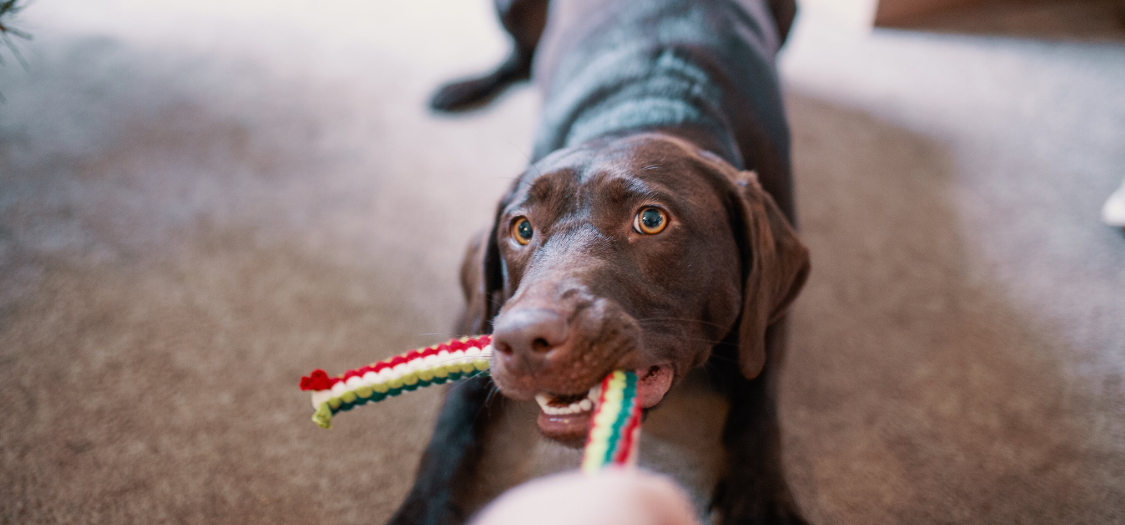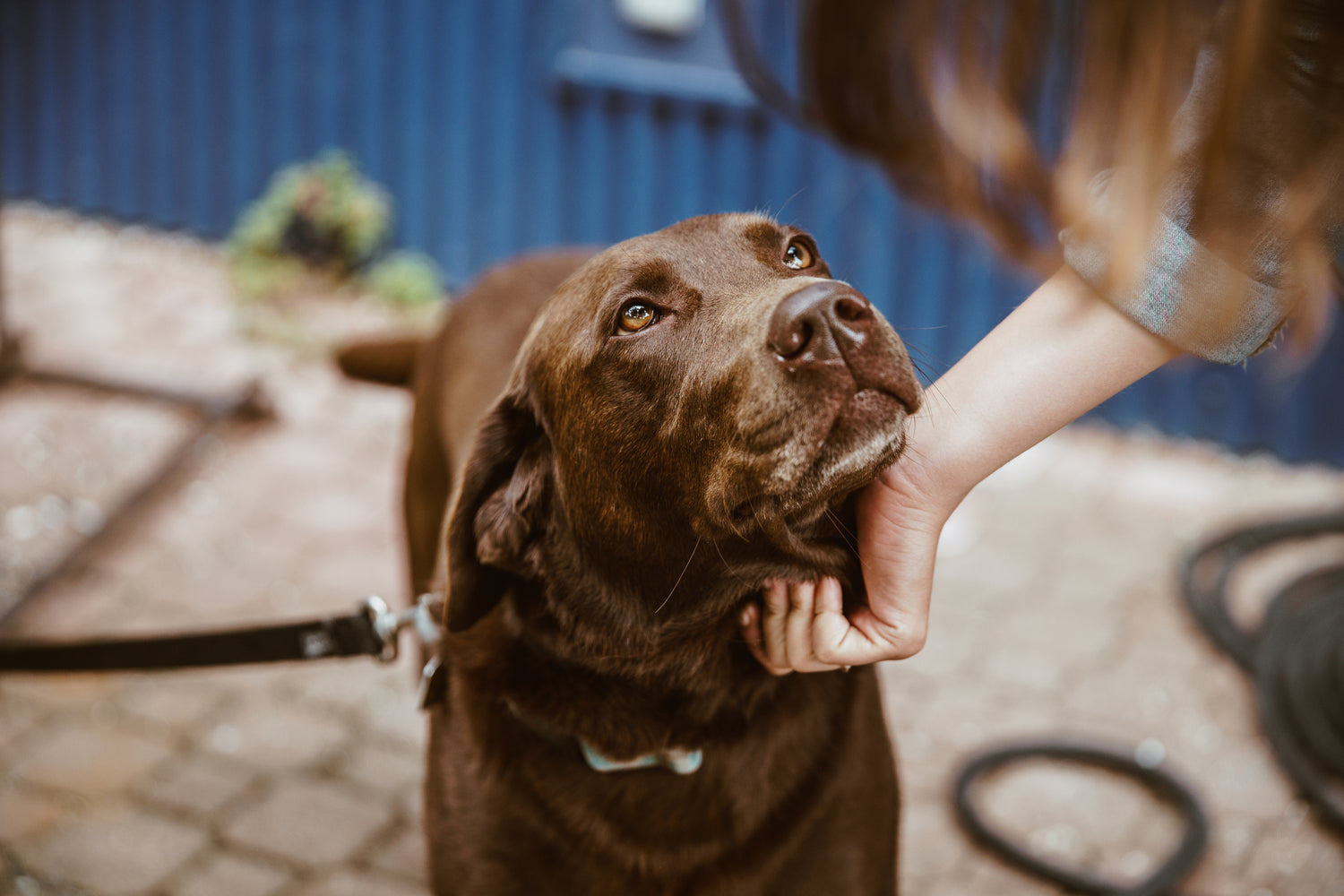Does My Dog Have Hip Dysplasia?
What Should I Do?

Hip dysplasia in dogs is a common inherited condition, where the 'ball' at top of the thighbone (femur) doesn't fit well into the socket of the hip joint. Any dog can develop hip dysplasia, which can't be reversed. Treatment for hip dysplasia in dogs varies depending on the level of severity. Surgery it one method of treatment for hip dysplasia in dogs.
There's currently no gold standard for surgical treatment for hip dysplasia; there are a number of different surgeries available to help prevent progression of degenerative joint changes, alleviate pain, and restore joint function. You should discuss with your vet or orthopaedic specialist which is the most appropriate for your individual dog.
As a general rule, as long as it is done appropriately, surgery is successful. For example, a surgery called juvenile pubic symphysiodesis needs to be performed while your dog is under the age of 5 months, if performed after this age however there is little or no benefit.
Common hip dysplasia surgeries include:
THR is more common in dogs over the age of 10 months or those who are already experiencing the onset of osteoarthritis. In a THR, just like in humans who have hip replacements, either one or both hip joints are replaced with a prosthetic. This restores normal, pain-free limb function and joint movement. This can be a very successful treatment option. Recovery time is usually 4-6 weeks post-surgery.
TPO is usually performed in dogs either 10 months old or younger. It aims to restore joint stability and encourage normal joint development as well as delay premature osteoarthritis. As such it is not appropriate if your dog has already developed a degree of osteoarthritis.
An alternative surgery is a Femoral Head and Neck Excision (FHNE). This is more of a salvage procedure when there is significant osteoarthritis and/or a total hip replacement is too costly or the anatomy of your dog makes a THR unfeasible. Rigorous physiotherapy after FHNE surgery is essential for a successful recovery.
No one surgery is better than another, it just depends on how your individual dog has been affected. However preoperative muscle mass and early postoperative physical therapy are two important factors in whether your dog has a successful outcome after surgery. Surgery is usually not as successful if there is severe muscle wasting (atrophy) present and/or your dog is obese.
To ensure the continuation of successful surgery the post-surgical care is important. This involves:
Read more about Dog Hip Dysplasia Causes, Prevention and How to Help at home https://zoomadog.co.uk/collections/dog-hip-dysplasia-braces-signs-and-treatment
What Should I Do?
What Are The First Signs of Hip Dysplasia In Dogs?
What Are The Different Levels of Hip Dysplasia in My Dog?
What Should I Do?
What Should I Do?
For Hip Dysplasia For A Dog?
What Should I Do?
My Dog Has Very Bad Arthritis In His Hips. What Should I Do?
What Happens, Is It Successful, What I Should Know?
My Dog Is Too Old / Too Risky For Hip Dysplasia Surgery. What Are The Non-Surgical Options?
Can Physiotherapy and Hydrotherapy Help my Dog with Hip Dysplasia?
My Elderly Labrador has Hind Leg Hip Weakness. Does He Have Hip Dysplasia?
I Have a 13-year-old Border Collie with Hip Dysplasia in his Rear Right Hip. What Should I Do?
with Hip Dysplasia

We can help find the right solution for your dog
Feel free to give us a call on 01730 622544
or email us at woof@zoomadog.co.uk
Leave a comment